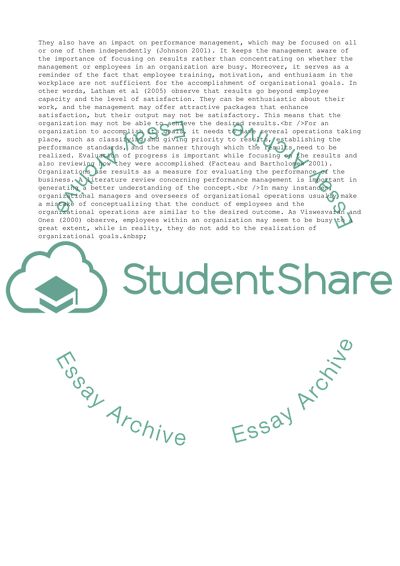Cite this document
(Performance and Reward Management Term Paper Example | Topics and Well Written Essays - 1500 words, n.d.)
Performance and Reward Management Term Paper Example | Topics and Well Written Essays - 1500 words. https://studentshare.org/management/1557269-performance-reward-mgt
Performance and Reward Management Term Paper Example | Topics and Well Written Essays - 1500 words. https://studentshare.org/management/1557269-performance-reward-mgt
(Performance and Reward Management Term Paper Example | Topics and Well Written Essays - 1500 Words)
Performance and Reward Management Term Paper Example | Topics and Well Written Essays - 1500 Words. https://studentshare.org/management/1557269-performance-reward-mgt.
Performance and Reward Management Term Paper Example | Topics and Well Written Essays - 1500 Words. https://studentshare.org/management/1557269-performance-reward-mgt.
“Performance and Reward Management Term Paper Example | Topics and Well Written Essays - 1500 Words”. https://studentshare.org/management/1557269-performance-reward-mgt.


